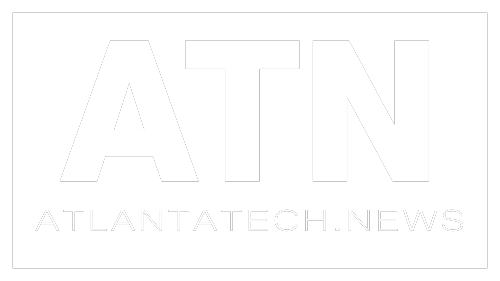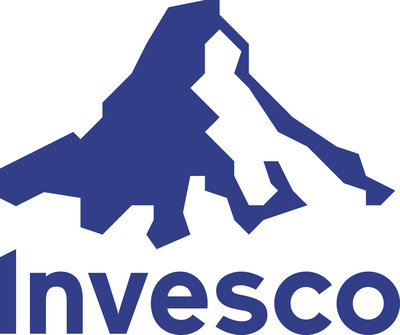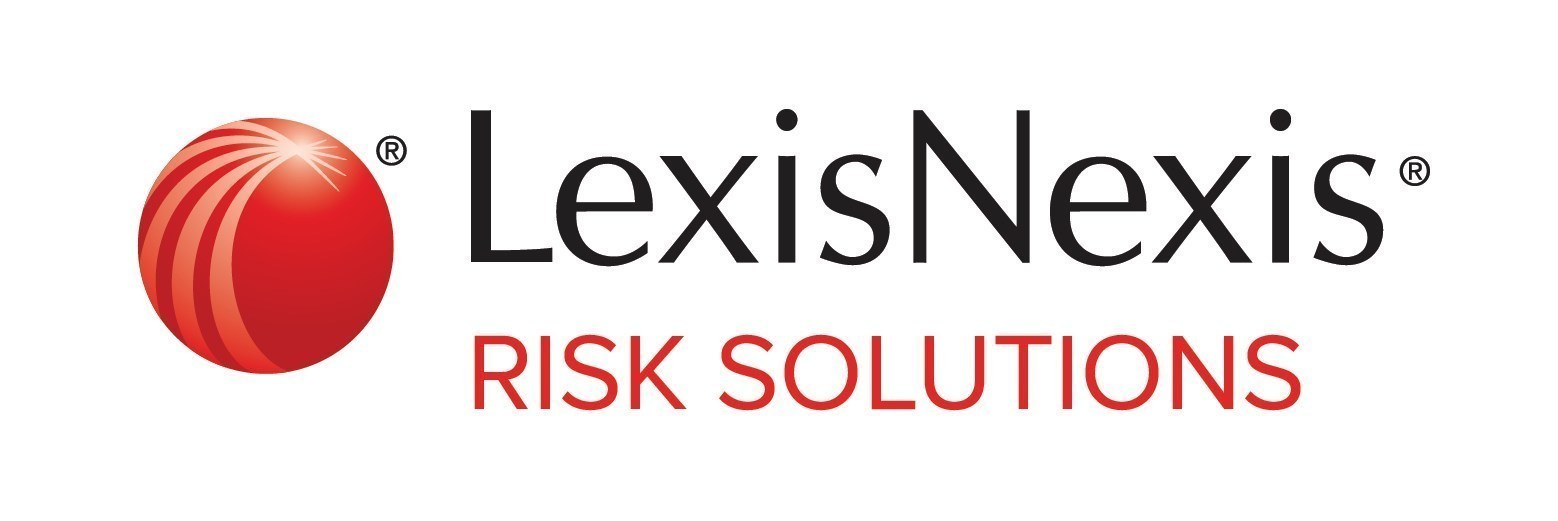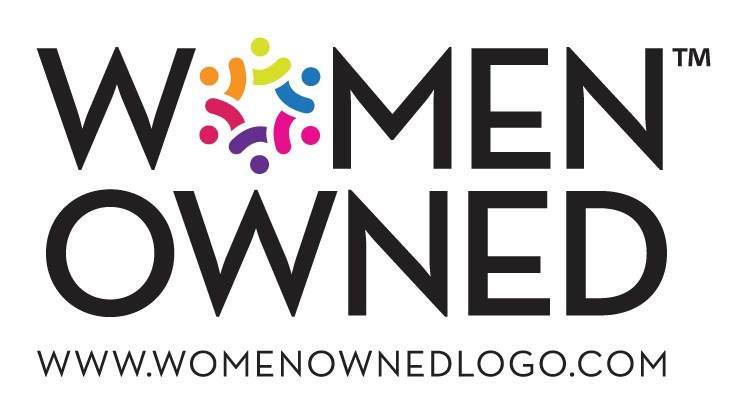Invesco Ltd. (NYSE: IVZ) today announced the launch of the Invesco QQQ Innovation Suite, which offers investors access to the NASDAQ-100® Index and NASDAQ Next Generation 100 Index® through a variety of investment structures and exposures. The Invesco QQQ Innovation Suite represents the next step in the continued democratization of investing. It advances the growing concept that innovation in investing continues to drive benefits to the end investor, not just through direct cost-savings, but in the personalization of the investment model. The Invesco QQQ Innovation Suite meets all clients’ implementation preferences, providing every type of investor a simple way to invest in ingenuity and innovation.
“When it launched 20 years ago, the Invesco QQQ ETF (QQQ) was a pioneer in simplifying how investors gained access to companies within the NASDAQ-100 Index. With the launch of the Invesco QQQ Innovation Suite, we are expanding on this and offering additional ways to access companies at the forefront of innovation,” says John Hoffman, Head of Americas, ETFs & Indexed Strategies, Invesco. “By building this suite with Nasdaq, Invesco will enable clients to select the personalized combination of strategies that best suits their needs and time horizons.”
By providing different investment structures and slightly different exposures, the Invesco QQQ Innovation Suite acts as a “one stop shop” for the NASDAQ-100 companies, plus exposure to the next 100 up-and-coming innovators. This expansion will ultimately enable investors with the potential to tilt their investment exposure towards the attributes – including varying investment time horizons, share price or liquidity1 needs – they most value for their investment goals.
The Invesco QQQ Innovation Suite will include four new offerings with different investment structures that complement QQQ:
- Invesco NASDAQ 100 ETF (QQQM)
- Invesco NASDAQ 100 Index Fund (IVNQX – R6 Shares2)
- Invesco NASDAQ-100 Growth Leaders Portfolio (QQQG)
- Invesco NASDAQ Next Gen 100 ETF (QQQJ)
QQQ, which began tracking the NASDAQ-100 Index in 1999, is the fifth largest ETF listed in the U.S. with $130 billion in assets under management3 and the second most traded ETF in the U.S. based on average daily volume traded4. Short-term investors who prioritize liquidity could still find the attributes of QQQ most appropriate; however longer-term “buy-and-hold” investors may be most focused on cost-savings and prefer the Invesco NASDAQ 100 ETF (QQQM), which costs 5bps less than QQQ5. Both longer- and shorter-term investors looking for exposure to the innovative mid-cap companies listed on the Nasdaq may opt for the Invesco NASDAQ Next Gen 100 ETF (QQQJ).
Invesco’s new suite also offers exposure to a set of investors who have not previously had direct access to the NASDAQ-100 as a means for exposure to large-cap growth companies. Certain advisors that prefer a Mutual Fund, such as providers of defined contribution investment-only (DCIO) retirement plans can now generate core NASDAQ-100 exposure from the Invesco NASDAQ 100 Index Fund (IVNQX) mutual fund. Those investors interested in a defined scheduled maturity date and more targeted fundamental exposure may look towards the Invesco NASDAQ-100 Growth Leaders Portfolio (QQQG), a unit investment trust.
“The resilience of QQQ is a testament to the strength of the NASDAQ-100 Index, and to the enduring partnership of Invesco and Nasdaq,” said Sean Wasserman, Vice President and Head of Index and Advisory Services for Nasdaq. “This further expands the NASDAQ-100 ecosystem in a way that brings a new level of access and innovation to the investing public.”
The NASDAQ-100 Index tracks the 100 largest non-financial companies listed on the Nasdaq Stock Exchange, capturing companies with a legacy of using innovation to disrupt their respective markets. The Invesco NASDAQ Next Gen 100 ETF (QQQJ) extends this concept further by offering access to the “next 100” non-financial companies listed on the Nasdaq, outside of the NASDAQ-100 Index, offering a mid-cap alternative to the NASDAQ-100.
Since its inception over 30 years ago, the NASDAQ-100 Index has become the world’s preeminent large-cap growth index. Although the index is most closely connected with technology, approximately 50% of the index constituents come from other sectors and industries.6 However many of the companies in the NASDAQ-100 Index, regardless of their sectors, consistently have a higher dollar spend on research & development7. For this reason, they are often well positioned to capitalize on transformative, long-term themes in the marketplace, such as the current shift to digital working and learning and potential advancements in biotech and healthcare.
About Invesco Ltd.
Invesco Ltd. (Ticker NYSE: IVZ) is a global independent investment management firm dedicated to delivering an investment experience that helps people get more out of life. Our distinctive investment teams deliver a comprehensive range of active, passive and alternative investment capabilities. With offices in 25 countries, Invesco managed US$1.1 trillion in assets on behalf of clients worldwide as of August 31, 2020. For more information, visit invesco.com.
About Nasdaq
Nasdaq (Nasdaq: NDAQ) is a global technology company serving the capital markets and other industries. Our diverse offering of data, analytics, software and services enables clients to optimize and execute their business vision with confidence. To learn more about the company, technology solutions and career opportunities, visit us on LinkedIn, on Twitter @Nasdaq, or at www.nasdaq.com.
Important Information:
NOT FDIC INSURED | MAY LOSE VALUE | NO BANK GUARANTEE
An investment cannot be made directly into an index.
Investors should be aware of the material differences between mutual funds, ETFs and unit investment trusts (UIT). ETFs and UITs generally have lower expenses than actively managed mutual funds due to their different management styles. UITs and most ETFs are passively managed and are structured to track an index, whereas many mutual funds are actively managed and thus have higher management fees. Unlike ETFs and UITs, actively managed mutual funds have the ability react to market changes and the potential to outperform a stated benchmark. Since ordinary brokerage commissions apply for each ETF buy and sell transaction, frequent trading activity may increase the cost of ETFs. ETFs can be traded throughout the day, whereas, mutual funds are traded only once a day. While extreme market conditions could result in illiquidity for ETFs. Typically, ETFs are still more liquid than most traditional mutual funds because they trade on exchanges. UITs have a stated expiration date based on what investment in the portfolio, unlike most mutual funds and ETFs, UITs pays interest income on the investments in the portfolio until a specific end date, at which time the investment are sold and the principal amount is returned to the owners. UITs generally make one public offering of a fixed number of units. However, in some cases, the sponsor will maintain a secondary market that allows existing unit holders to sell their units and for new investors to buy units. A one-time initial sales charge is deducted from an investment made into the trust. UITs have set termination dates, at which point the underlying securities are sold and the sales proceeds are paid to the investor. Typically, a UIT investment is rolled over into successive trusts as part of a long-term strategy. Investors should talk with their financial professional regarding their situation before investing.
About Risk:
ETFs:
There are risks involved with investing in ETFs, including possible loss of money. Shares are not actively managed and are subject to risks similar to those of stocks, including those regarding short selling and margin maintenance requirements. Ordinary brokerage commissions apply. The Fund’s return may not match the return of the Underlying Index. The Fund is subject to certain other risks. Please see the current prospectus for more information regarding the risk associated with an investment in the Fund.
Investments focused in a particular sector, such as information technology, are subject to greater risk, and are more greatly impacted by market volatility, than more diversified investments.
QQQM & QQQJ
The risks of investing in securities of foreign issuers can include fluctuations in foreign currencies, political and economic instability, and foreign taxation issues.
The Fund is non-diversified and may experience greater volatility than a more diversified investment.
QQQJ
Stocks of medium-sized companies tend to be more vulnerable to adverse developments, may be more volatile, and may be illiquid or restricted as to resale.
Invesco NASDAQ 100 Index Fund (INVQX):
In general, stock values fluctuate, sometimes widely, in response to activities specific to the company as well as general market, economic and political conditions.
Derivatives may be more volatile and less liquid than traditional investments and are subject to market, interest rate, credit, leverage, counterparty and management risks. An investment in a derivative could lose more than the cash amount invested.
The Fund may become “non-diversified,” as defined under the Investment Company Act of 1940, as amended, solely as a result of a change in relative market capitalization or index weighting of one or more constituents of the Index. Shareholder approval will not be sought when the Fund crosses from diversified to non-diversified status under such circumstances.
Investments focused in a particular sector, such as technology, are subject to greater risk, and are more greatly impacted by market volatility, than more diversified investments.
The risks of investing in securities of foreign issuers can include fluctuations in foreign currencies, political and economic instability, and foreign taxation issues.
Unlike many investment companies, the Fund does not utilize an investing strategy that seeks returns in excess of its Underlying Index. Therefore, the Fund would not necessarily buy or sell a security unless that security is added or removed, respectively, from its Underlying Index, even if that security generally is underperforming.
Invesco NASDAQ 100 Growth Leaders Portfolio (QQQG):
Security prices will fluctuate. The value of your investment may fall over time.
An issuer may be unwilling or unable to declare dividends in the future, or may reduce the level of dividends declared. This may result in a reduction in the value of your Units.
The financial condition of an issuer may worsen or its credit ratings may drop, resulting in a reduction in the value of your Units. This may occur at any point in time, including during the initial offering period.
You could experience dilution of your investment if the size of the Portfolio is increased as Units are sold. There is no assurance that your investment will maintain its proportionate share in the Portfolio’s profits and losses Security prices will fluctuate. The value of your investment may fall over time.
The Portfolio does not replicate all of the components of the NASDAQ-100 Index or its component weightings and the stocks in the Portfolio will not change if the index components, or their weightings within the index, change. The performance of the Portfolio will not correspond with the NASDAQ-100 Index for this reason and because the Portfolio incurs a sales charge and expenses. The Portfolio is not intended to replicate the performance of the index.
The Portfolio is concentrated in securities issued by companies in the information technology sector. Negative developments in this sector will affect the value of your investment more than would be the case for a more diversified investment.
We do not actively manage the Portfolio. Except in limited circumstances, the Portfolio will hold, and may continue to buy, shares of the same securities even if their market value declines.
This does not constitute a recommendation of any investment strategy or product for a particular investor. Investors should consult a financial professional before making any investment decisions.
The opinions expressed are those of the speakers and are based on current market conditions and are subject to change without notice. These opinions may differ from those of other Invesco investment professionals.
Before investing, investors should carefully read the prospectus/summary prospectus and carefully consider the investment objectives, risks, charges and expenses. For this and more complete information about the Fund call 800 983 0903 or visit invesco.com for the prospectus/summary prospectus.
Invesco Distributors, Inc. is not affiliated with Nasdaq.
Invesco Distributors, Inc. is the US distributor for Invesco’s retail products, and is an indirect, wholly owned subsidiary of Invesco Ltd.
The sponsor of the Nasdaq-100 TrustSM, a unit investment trust, is Invesco Capital Management LLC (Invesco). NASDAQ, Nasdaq-100 Index, Nasdaq-100 Index Tracking Stock and QQQ are trade/service marks of The Nasdaq Stock Market, Inc. and have been licensed for use by Invesco, QQQ’s sponsor. NASDAQ makes no representation regarding the advisability of investing in QQQ and makes no warranty and bears no liability with respect to QQQ, the Nasdaq-100 Index, its use or any data included therein.
The Invesco NASDAQ 100 ETF is not sponsored, endorsed, sold or promoted by the NASDAQ OMX Group, Inc. or its affiliates (NASDAQ OMX, with its affiliates, are referred to as the “Corporations”). The Corporations have no liability in connection with the administration, marketing or trading of the Invesco NASDAQ QQQ ETF. “NASDAQ®” is a registered trademark and is used under license.
The Invesco NASDAQ Next Gen 100 ETF is not sponsored, endorsed, sold or promoted by the NASDAQ OMX Group, Inc. or its affiliates (NASDAQ OMX, with its affiliates, are referred to as the “Corporations”). The Corporations have no liability in connection with the administration, marketing or trading of the Invesco NASDAQ Next Gen 100 ETF. “NASDAQ®” is a registered trademark and is used under license.
The Invesco NASDAQ 100 Index Fund is not sponsored, endorsed, sold or promoted by the NASDAQ OMX Group, Inc. or its affiliates (NASDAQ OMX, with its affiliates, are referred to as the “Corporations”). The Corporations have no liability in connection with the administration, marketing or trading of the Invesco NASDAQ 100 Index Fund. “NASDAQ®” is a registered trademark and is used under license.
|
1 ETF Shares are not individually redeemable and owners of the Shares may acquire those Shares from the Fund and tender those Shares for redemption to the Fund in Creation Unit aggregations only, typically consisting of 10,000, 50,000, 75,000, 80,000, 100,000, 150,000 or 200,000 Shares. |
||
|
2 Class R6 shares re primarily intended for retirement plans and shareholders of omnibus intermediaries that meet certain standards and for institutional investors. See the prospectus for more information. |
||
|
3 Bloomberg L.P, as of October 5, 2020. |
||
|
4 Bloomberg L.P., as of September 30, 2020. |
||
|
5 The total expense ratio for QQQ is 0.20% and 0.15% for QQQM. See the prospectus for more information. |
||
|
6 Bloomberg L.P. – The technology sector makes up 48.10% of the Nasdaq 100 Index as of September 30, 2020. |
||
|
7 Bloomberg L.P, S&P and FactSet – Nasdaq 100 companies on average spend 10.4% of sales on R&D, as compared to 5.9% of sales in the S&P 500 as of April 16, 2020 |
||
Contact: Stephanie Diiorio 212 278 9037 Stephanie.Diiorio@invesco.com





